

"Victory was never in doubt. What was in doubt in all our minds was whether there would be any of us left to dedicate our cemetery at the end." Major General Graves B Erskine, Commander, 3rd Marine Division
Towards the end of 1944, the Allied forces were successfully pushing the Japanese back from their earlier conquests. In Burma, the British 14th Army had advanced across the Burma-Indian border and was pushing the Japanese Army down the Irrawaddy River, while the American advance across the Pacific had brought it to the inner ring of Japanese defences before the mainland. General Douglas MacArthur had advanced across the Solomon Islands, New Guinea and had invaded Leyte in the Philippines in October. The US Navy and Marine Corps under Admiral Chester Nimitz had continued their 'island hopping' campaign that had begun at Guadalcanal in 1942 and continued through Tarawa (1943), the Mariana Islands (1944), Peleliu (1944) and was to reach its climax at Okinawa (1945).
After the capture of the Mariana Islands, the US 20th Air Force could mount a large-scale campaign against the industrial centres of Japan. The only obstacle to this was the strategically important island of Iwo Jima that housed two airfields, with a third under construction, as well as a radar station that could give up to two hours warning of an impeding raid. The Air Force needed to eliminate the fighter threat to their bombers and neutralise the radar station there. The island would also be useful as a refuge for damaged aircraft returning from raids, as a base for air-sea rescue flying boats and for P-51 long-range fighters to escort the B-29 bombers. On 3rd October 1944, the Joint Chiefs of Staff issued a directive to Admiral Nimitz to take Iwo Jima. The battle, which was described as the "most savage and costly battle in the history of the Marine Corps" (Lt Gen Holland M Smith), pitted three Marine divisions against 21,000 well-entrenched Japanese defenders.
The Americans Prepare
"It was an operation of one phase and one tactic . . . until the mission was completed it was a matter of frontal assault maintained with relentless pressure." Lt Gen Holland M Smith, Commander, Fleet Marine Force Pacific
The US invasion force would consist of the 3rd, 4th and 5th Marine Divisions from the US V Amphibious Corps under Major General Harry Schmidt with over 70,000 men, many of whom were veterans of previous battles. The plan called for the Marines to land on a two-mile stretch of beach on the southeast coast of the island between Mount Suribachi and the East Boat Basin. The beaches were divided into seven sections, each of 550 yards (503 metres).
The 3rd Marine Division sailed from Guam, which it had taken from the Japanese garrison in August 1944, while the 4th and 5th Marine Divisions sailed from Hawaii. While the invasion had been delayed twice by the huge requirements of General MacArthur's Philippines campaign, it had to be completed as quickly as possible to release resources for the invasion of Okinawa (Operation Iceberg), which was scheduled to begin on the 1st April 1945. On February 15th, the invasion force left Saipan and was soon spotted by Japanese naval patrol aircraft, which alerted the Iwo Jima garrison.
The American landings would take place on a two-mile stretch of beach between Mount Suribachi and the East Boat Basin on the southeast coast. The beaches were divided into seven landing zones, each of 550 yards (503 metres). Moving northeast from Mount Suribachi the beaches and the initial assault forces were:
Green Beach - 1st and 2nd Battalions, 28th Marine Regiment
Red Beach 1 - 2nd Battalion, 27th Marine Regiment
Red Beach 2 - 1st Battalion, 27th Marine Regiment
Yellow Beach 1 - 1st Battalion, 23rd Marine Regiment
Yellow Bach 2 - 2nd Battalion, 23rd Regiment
Blue Beach 1 - 1st and 3rd Battalions, 25th Marine Regiment
Blue Beach 2 - None
As Blue Beach 2 lay directly under known enemy gun positions in the Quarry, it was decided that both the 1st and 3rd Battalions, 25th Marine Regiment should land on Blue Beach 1. The 28th Marines would attack straight across the island from their landing zone and after reaching the northwest coast, turn southwest and isolate Mount Suribachi. They would then assault and secure it. The 27th Marines coming ashore on the Red Beaches would also drive northwest to the opposite coast but then turn northeast. The 23rd Marines would attack inland to capture Airfield No. 1 and then move northeast towards Airfield No. 2 while the 25th Marines would land and almost immediately move northeast to attack the high ground around the Quarry (see historical note below).
Historical Note: The Marine Corps does not distinguish the combat and combat support regiments by military occupational speciality, i.e. infantry, artillery, armour etc. They are all simply referred to as Marines.
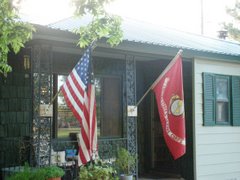
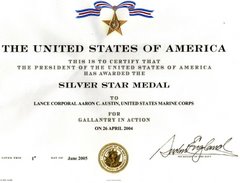
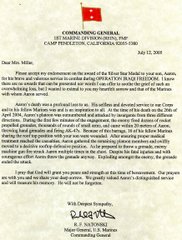
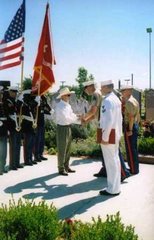






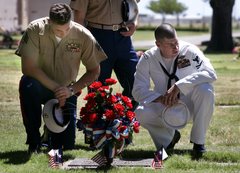



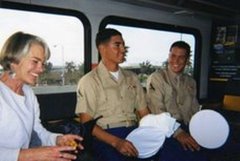

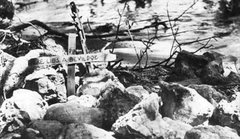


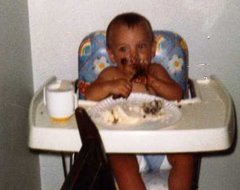

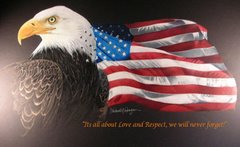
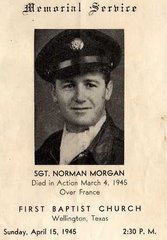
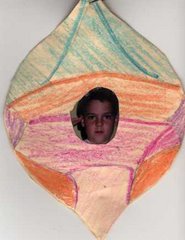

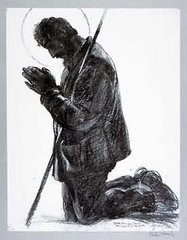
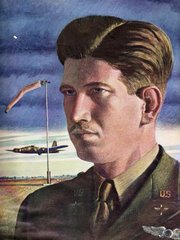
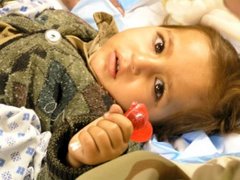
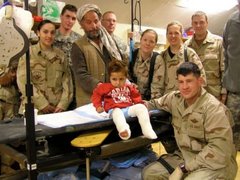
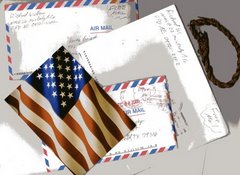

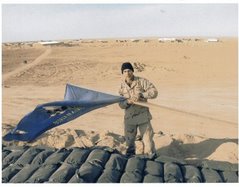


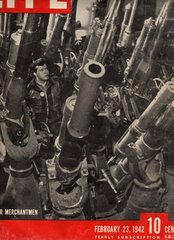
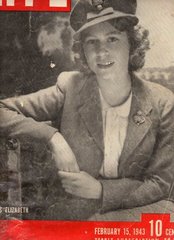

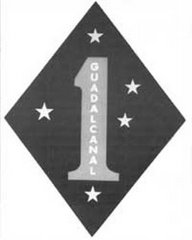
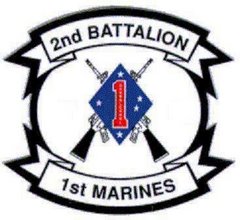




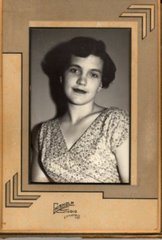

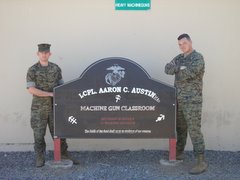

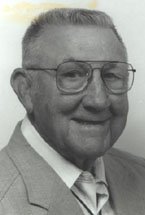

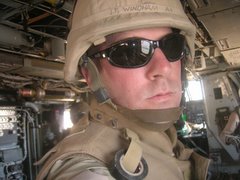
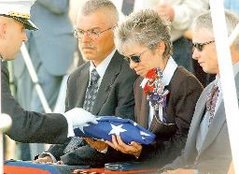




No comments:
Post a Comment